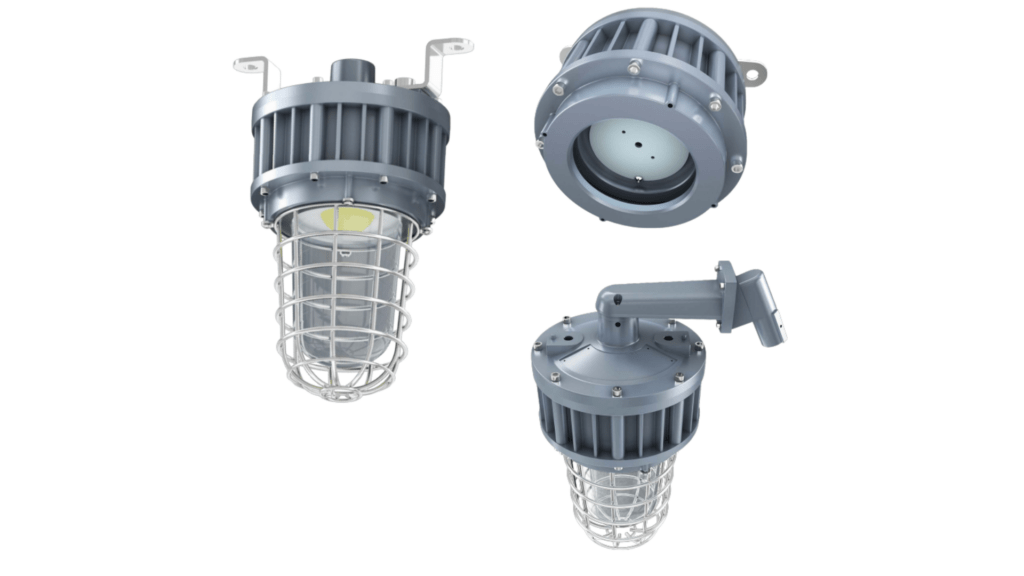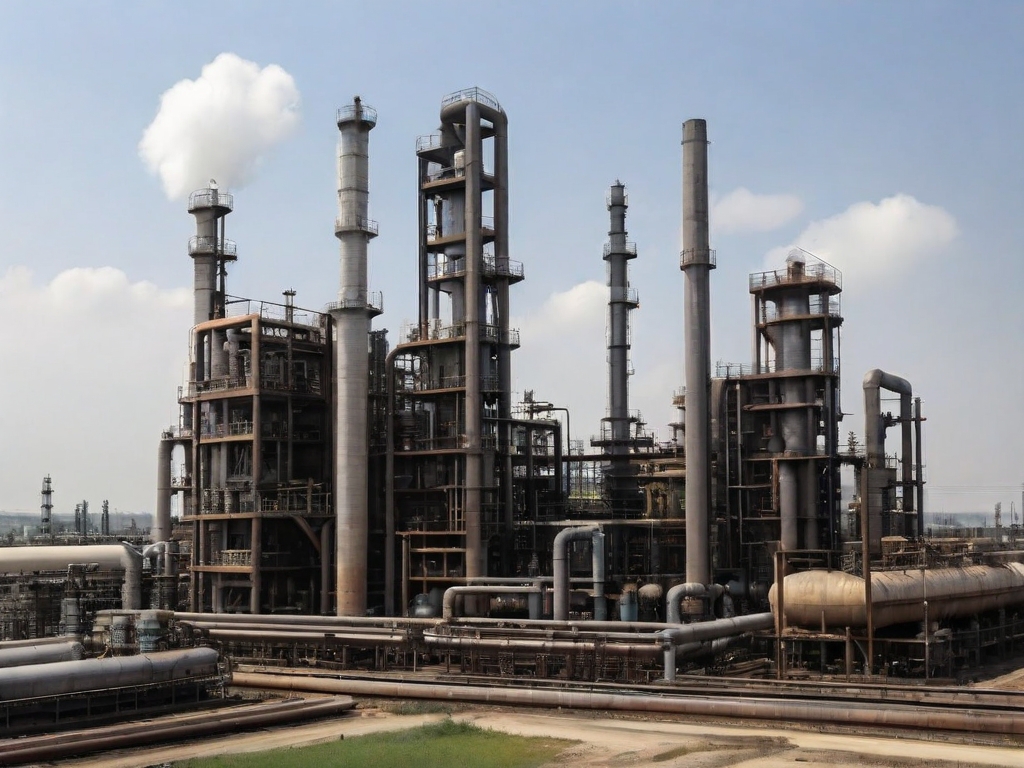Welcome to the Intrinsically Safe Store, your one-stop-shop for all your safety equipment needs. In this blog, we will delve into the world of intrinsically safe lighting, comparing LED and incandescent options. We invite you to explore our website and discover our wide range of products.
Understanding Intrinsically Safe Lighting
Intrinsically safe lighting is designed to operate in hazardous environments without causing ignition. These environments could be filled with flammable gases, dust, or fibers. The two main types of intrinsically safe lighting are LED and incandescent.
LED Intrinsically Safe Lighting
LEDs, or Light Emitting Diodes, are a type of solid-state lighting that uses a semiconductor to convert electricity into light. They are known for their energy efficiency and long lifespan.
- Energy Efficiency: LEDs use up to 80% less energy than incandescent lights. This makes them a cost-effective choice for businesses operating in hazardous environments.
- Long Lifespan: LEDs can last up to 50,000 hours, significantly longer than incandescent bulbs. This reduces the need for frequent replacements, saving time and money.
- Safety: LEDs operate at a much lower temperature than incandescent bulbs, reducing the risk of ignition in hazardous environments.
Incandescent Intrinsically Safe Lighting
Incandescent lights work by passing electricity through a wire filament until it becomes so hot that it glows. While they are less energy-efficient than LEDs, they have their own set of advantages.
- Color Rendering: Incandescent bulbs produce a warm light that renders colors accurately, making them a popular choice for areas where color differentiation is crucial.
- Cost: Incandescent bulbs are typically cheaper to purchase than LEDs. However, their shorter lifespan and higher energy usage can lead to higher costs in the long run.
- Instant Light: Unlike some LEDs, incandescent bulbs provide instant light as soon as they are switched on.
Case Study: Switching to LED Intrinsically Safe Lighting
A recent case study involving a chemical plant highlighted the benefits of switching to LED intrinsically safe lighting. The plant was previously using incandescent lighting, which required frequent bulb replacements and resulted in high energy costs. After switching to LED lighting, the plant reported a 60% reduction in energy usage and significantly fewer bulb replacements. This case study underscores the potential cost savings and efficiency gains of LED lighting.

When it comes to intrinsically safe lighting, both LED and incandescent options have their merits. LEDs offer energy efficiency, a long lifespan, and safety benefits, while incandescent bulbs excel in color rendering and provide instant light. The choice between the two will depend on your specific needs and operating environment.
At the Intrinsically Safe Store, we offer a wide range of both LED and incandescent intrinsically safe lighting options. We invite you to explore our selection and find the perfect solution for your needs. If you have any questions or need further assistance, please don’t hesitate to contact us.


























